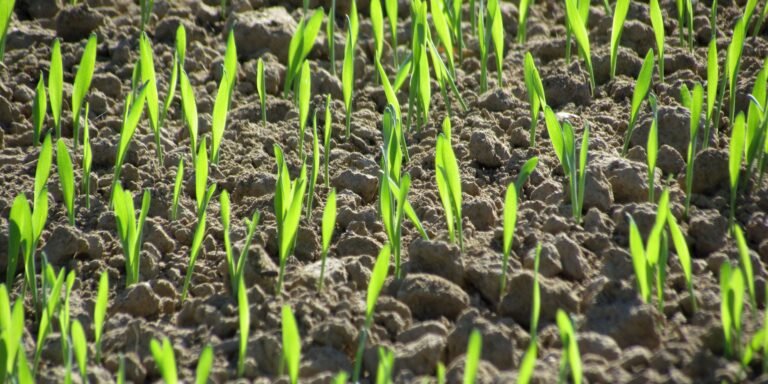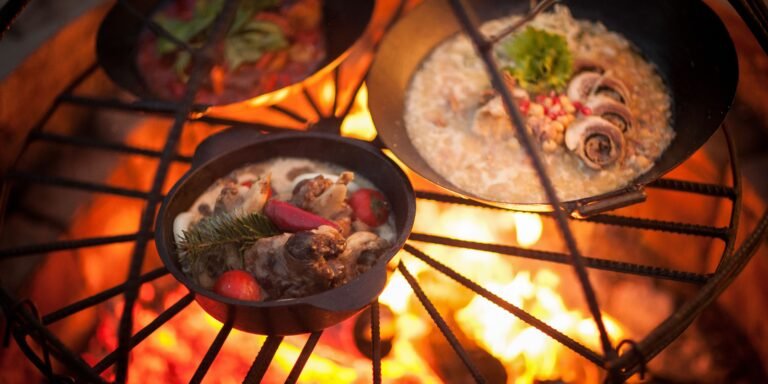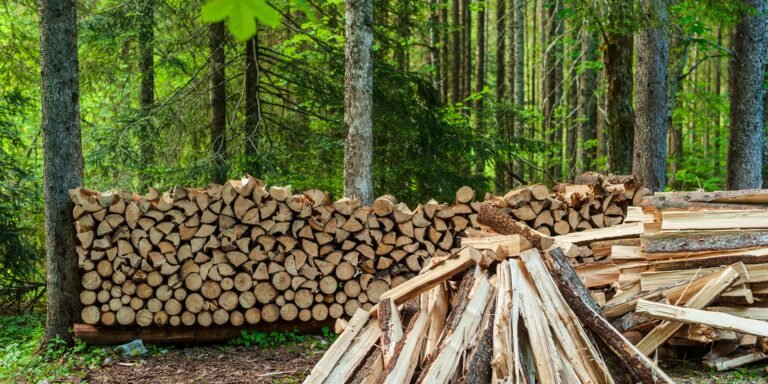Difference Between Kindling and Tinder
This post may contain affiliate links, full disclosure here.
Tinder and kindling play distinct roles in fire, necessitating distinct handling procedures. Tinder burns much faster than kindling, is more likely to catch on fire, necessitates more stringent safety precautions, and is responsible for starting the fire. Kindling burns slower and is safer to store, and it nurtures the flame to the point where it can handle burning fuel – another essential component of fire.
While fuel is an important component of the process, the article will concentrate on the distinction between tinder and kindling, given how frequently the two appear to overlap.
Difference Between Tinder and Kindling
Safety and Storage
Tinder is made up of anything combustible in small quantities – typically no thicker than a pencil. The purpose is defeated because heavier tinder takes longer to ignite. It is critical to keep your tinder dry because it will burn faster when used.
For these reasons, tinder can be dangerous if improperly stored. Sawdust, in particular, is notoriously volatile and explosive, which is exacerbated by the presence of heat-producing electronics in a workshop environment. Sawdust is one of the better burning tinder materials, but it comes with a number of risks that must be considered in order to avoid negative consequences.
Tinder should always be stored in cool, dry places away from any heat or friction-producing appliances to avoid agitation. It’s also important to keep them away from readily available oxygen – mason jars are great for this at home, while small tins and plastic bags are great for camping or traveling.
Kindling is made of the same material as tinder, but it comes in larger chunks. They can be much thicker than pencils, measuring up to an inch and a half in diameter. Anything above those amounts to fuel, which plays a different role in the process entirely. Keep your kindling dry as usual for an easier fire.
While it depends on the size, kindling does not pose the same level of danger as tinder. Simply keep them away from anything that can generate heat, sparks, or friction, as is customary.
Bundles can also be used to store kindling. Tying them in newspaper and twine – both of which are highly combustible – is a common combination. This can be improved by layering the outer wrapping in beeswax for easier burning but at the expense of increasing the bundle’s volatility and resulting storage concerns.
Efficiency
Tinder is designed to start a fire by emphasizing how hot it burns and how much effort it would take to make it catch. As a result, they are notorious for having poor sustainability. A fire made entirely of tinder is unlikely to last long enough to cook a meal.
Kindling’s role is to keep a fire going, and how well it does so is determined by where it is placed. The log cabin, teepee, and lean-to are three stacking methods named after some of the more common permanent shelter variants.
The one thing they all have in common is that the kindling must be placed above the tinder for the best results. If you do it differently, you may end up with too much smoke or it will burn out faster.
In general, it is best to obtain all tinder and kindling prior to the trip for maximum efficiency. The dryness of your materials determines how well it burns. Too much dampness will irritate you, especially if the compromised material is tinder. Too much dryness causes faster burns, which is undesirable for kindling and fuel.
This becomes less of an issue as the flame grows in size, but before that, avoid feeding your fire anything damp. With the wrong additions, the whole thing could fizzle out.
Production
Tinder usually necessitates more effort to produce because the most convenient ones do not exist in nature. To achieve the desired size, wood must be carefully filed or shaved. Nature’s dead trees can be used for these purposes quite effectively.
Leaves are a convenient example, but they are rarely used when collected in nature due to compromising factors such as dampness or a lack of quantity. When using dried leaves or other foliage as tinder, make sure they are free of contaminants that could cause more soot or smoke to be produced.
Kindling can be obtained much more easily, as scavenging debris from the environment is a simple task. In controlled amounts, dampness isn’t as much of a concern in kindling as it is in tinder, but the smoke produced by using them may be difficult to manage.
Worryingly, junk food actually burns for much longer than people expect. The chips, in particular, make excellent on-the-fly kindling.
In a pinch, kindling can be converted into tinder. All you’d need is a carving knife and some patience. Fuel can also be converted into kindling with only time and a few tools.
Usage
All of the components used in a fire serve different functions. It is critical to recognize how each of them contributes to the process in their own unique way.
Tinder is used to start the initial flame and aid in the burning of less combustible materials. As a result, they burn brightly but quickly extinguish. Always place your tinder in the center of the fire pit for the best results.
Kindling is used to feed the flames created by the tinder. They transform the flicker of heat into what would eventually become the campfire. Kindling should be stacked above the tinder, but not so high that it blocks airflow to the flames.
While it is not mentioned in the title, fuel is an essential component of the campfire process. These are the large logs or chunks of wood that are fed into the flame after the kindling is added, and they are responsible for the majority of the fire’s duration.
Materials
Tinder can be made from a wide range of materials, including shredded bark, paper, dried foliage, twine, cotton coated in petroleum jelly or beeswax, sawdust, and even pencil shavings. Tinder is best prepared ahead of time. Their only real requirement is that they burn quickly and cleanly, and some of the best-performing tinder does not even contain wood.
Kindling is frequently made from discarded wooden branches or split logs. While there are a few improvised exceptions to the rule – for example, chips, pinecones, and candles – kindling is far more convenient to handle on-site.
Difference Between Kindling and Tinder Bottom Line
Tinder and kindling serve very different purposes and each has its own set of advantages and disadvantages. When making a fire, they are meant to complement one another. Understanding their various functions allows for a more manageable time.







